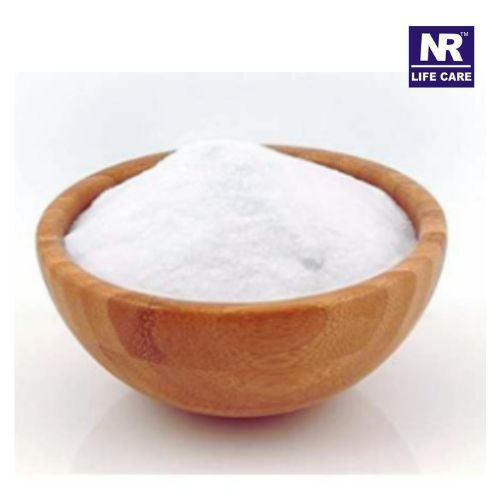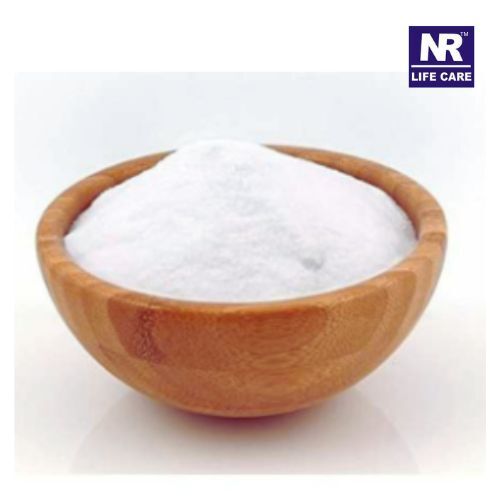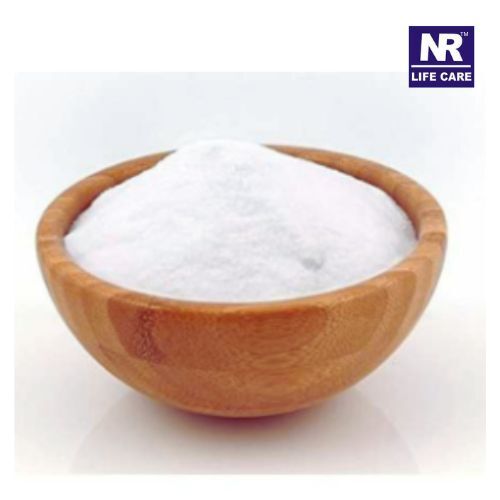Aluminum Chloride chemical
Product Details:
Aluminum Chloride chemical Price And Quantity
- 50 Kilograms
- 49 INR/Kilograms
Aluminum Chloride chemical Trade Information
- 100 Kilograms Per Week
- 7 Days
- 25kg bag
- All India
- COA
Product Description
The production of aluminium chloride typically involves the reaction of aluminium metal with hydrogen chloride gas. The resulting compound is a volatile solid that sublimes at high temperatures. Aluminium chloride can also be synthesized by treating aluminium hydroxide or aluminium oxide with hydrochloric acid.
One of the primary applications of aluminium chloride is as a catalyst in organic synthesis. It is widely used in the chemical industry for various reactions, including Friedel-Crafts acylation and alkylation reactions. Aluminium chloride acts as a Lewis acid, which can accept electron pairs from other molecules, facilitating chemical reactions and promoting the formation of new compounds. It is particularly useful in the production of fragrances, dyes, pharmaceuticals, and polymers.
In addition to its catalytic properties, aluminium chloride is used as an additive in the production of polymeric materials. It is employed as a polymerization initiator and a modifier in the synthesis of various polymers, including polyethene and polypropylene. Aluminium chloride can alter the molecular weight, structure, and properties of polymers, leading to desired characteristics such as increased strength, flexibility, and heat resistance.
Furthermore, aluminium chloride is utilized in the production of certain pharmaceuticals and drugs. It serves as a starting material or intermediate in the synthesis of various medications, including antiperspirants, antacids, antihistamines, and anti-cancer drugs. Aluminium chloride is also used in the formulation of vaccines and other medical products.
In conclusion, aluminium chloride is a versatile chemical with numerous industrial applications. Its role as a catalyst in organic synthesis, its usage in the petroleum industry, and its contributions to polymer production highlight its importance in various sectors.

Price:
- 50
- 100
- 200
- 250
- 500
- 1000+
 English
English Spanish
Spanish French
French German
German Italian
Italian Chinese (Simplified)
Chinese (Simplified) Japanese
Japanese Korean
Korean Arabic
Arabic Portuguese
Portuguese
















 Send Inquiry
Send Inquiry Send SMS
Send SMS
